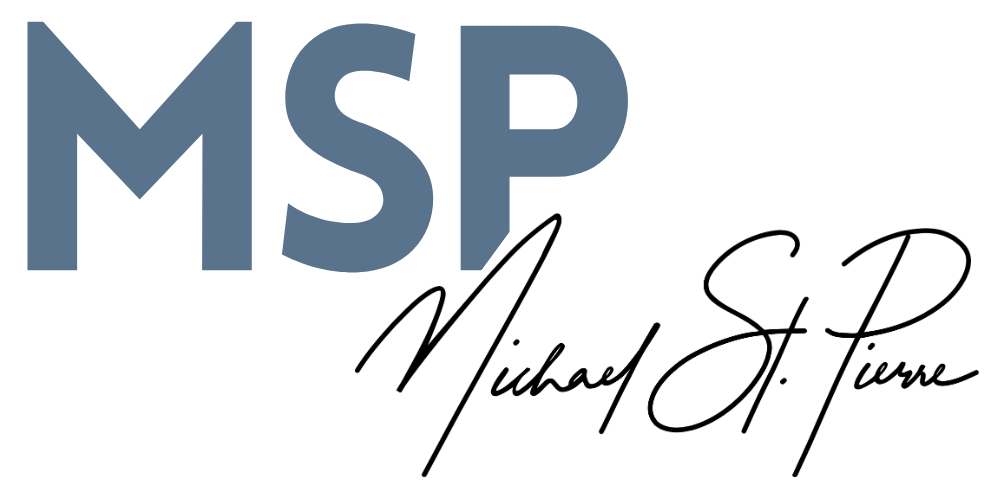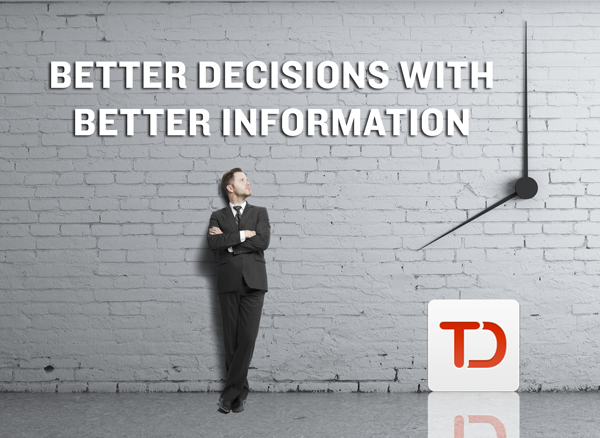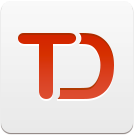There was this guy. He wore casual clothing and seemed to be present at 100% of his kids' school events.
I secretly wondered what he did for a living but never had the guts to go over and ask him.
As it turns out, he worked from home. Doing something related to software (that's usually enough of a response at the neighborhood cocktail party as in "yeah, I'm in software"), he managed to support his family and live to talk about it. Even more, he seemed quite happy with his life.
His name was Kevin.
There are a lot of Kevins out there- people who work either occasionally or often from a home office. This seems odd, as something luxurious and novel but not as something that "normal people" do.
The modern workplace, broken and dysfunctional as it typically is, wants us to think that a long commute is normal. Add in frequent interruptions, bad lighting and boring meetings.
I was that guy and those were normal things for me. While I wondered what Kevin did for a living, I secretly envied him.
Fast forward five years and I now work from home about half of every day. My wardrobe, unless I'm at a meeting, is business casual. You don't want to come between me and my kids' basketball games. It's a new normal for me and it feels very good.
Still, it's not for everyone.
In fact, there are four reasons why you should not consider working from home:
- You crave people contact on a daily basis. If this is a big deal for you, don't work from home. When you work from home, you can have as much contact as you like or need but it will be contact that you make happen. There are no "drop-ins", etc.
- You can't see technology as a viable replacement for face-to-face contact. For me, a Zoom or Skype call "counts" as real communication. If you can't see yourself ever making that substitution, working from home isn't for you.
- You don't have a dedicated space. This is big. I don't think you necessarily need an entire room (although that helps) but you do need some space that is only used for work. If no desk/room/nook exists at your home for you to work in, working from home might not be for you.
- You worry too much about what others will think. Your neighbors will wonder what you do. Other parents at your kids' school will do the same (as I did with Kevin). If you can't handle that level of scrutiny, working from home might not be for you.
Here's an experiment that you might want to try: work from home for two hours one day and see how you like it. It doesn't have to be an all-or-nothing affair. Being honest with the four conditions above can go a long way towards determining if home-working is for you.
BONUS: while no longer an active podcast, the best one I've found related to working from home is called Home Work.











 The most important decision we make, over and over again, is "How should I be spending my time right now?"
The most important decision we make, over and over again, is "How should I be spending my time right now?"

